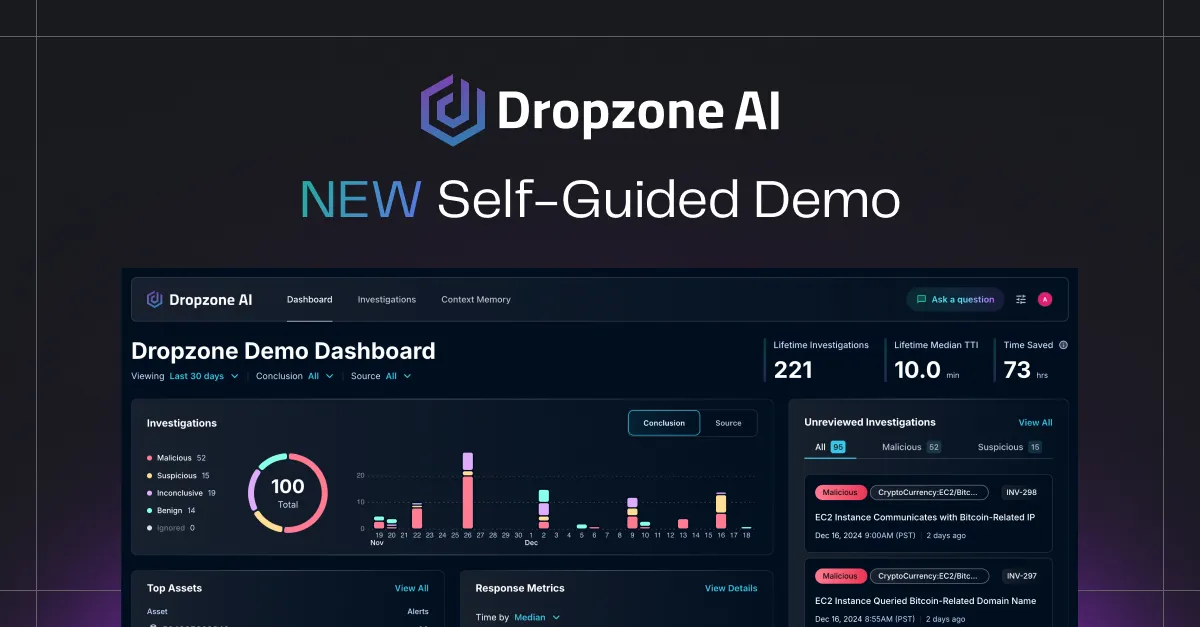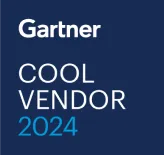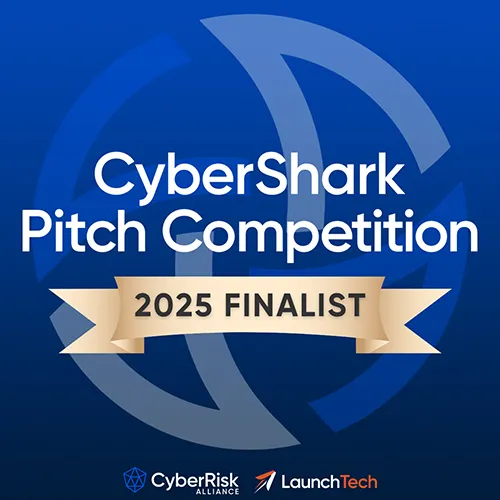Understanding AI SOC Analysts in Modern Security Operations
Security operations centers face an unprecedented crisis. According to the AI SOC Market Landscape 2025 report, organizations receive an average of 960 security alerts daily, yet 40% are never investigated due to resource constraints. The SANS 2025 SOC Survey confirms that 66% of teams cannot keep pace with alert volumes, while 70% of analysts leave within three years.
This creates a perpetual cycle of understaffing and mounting risk.
AI SOC analysts represent a fundamental shift in how organizations approach this challenge. Rather than simply flagging potential threats like traditional tools, these autonomous systems conduct full investigations independently. They gather evidence from multiple sources, correlate data across systems, analyze patterns, and produce detailed reports that would typically require 60-90 minutes of human analyst time all completed in under 10 minutes.
How These Systems Actually Work
The investigation process mimics elite human analysts but operates at machine speed and scale. When an alert triggers, the autonomous analyst immediately begins its investigation without waiting in a queue.
Using what Dropzone AI calls the OSCAR framework, the system follows a sophisticated investigative workflow:
- Obtain alerts from multiple sources like AWS GuardDuty, Microsoft Defender, or CrowdStrike
- Strategize by identifying hypotheses and generating investigative questions
- Collect evidence through API calls to relevant data sources
- Analyze findings using recursive reasoning that adapts based on discoveries
- Report comprehensive conclusions with full evidence trails
This recursive reasoning capability distinguishes autonomous analysts from traditional automation. Where SOAR platforms follow predetermined playbooks, these intelligent systems adjust their investigation path based on what they discover. Finding suspicious user behavior might trigger deeper investigation into authentication logs, which could reveal compromised credentials, leading to examination of data exfiltration indicators—all without human intervention.
How AI SOC Analysts Integrate with Your Security Stack
These systems integrate with existing security infrastructure through standard APIs, requiring no architectural changes. They connect with SIEMs for centralized logging, EDR platforms for endpoint visibility, email security systems for phishing detection, cloud security tools for infrastructure monitoring, and identity providers for user context.
This integration typically takes less than 30 minutes per tool, with no coding required.
The system maintains context memory, a semantic database of organizational knowledge that improves investigation accuracy over time. This includes understanding your specific environment, recognizing normal user patterns, learning which alerts typically indicate real threats versus false positives, and retaining investigation insights for future use.
AI SOC Analyst vs. Human Analyst: Understanding the Relationship
The relationship between AI and human SOC analysts is complementary, not competitive. Each brings unique strengths to security operations.
This comparison reveals the true value proposition: autonomous systems handle the overwhelming volume of routine investigations, allowing human analysts to focus on complex threats, strategic planning, and activities requiring human judgment and creativity.
Key Benefits of AI SOC Analysts
Operational Excellence Through Complete Coverage
Organizations implementing AI SOC analysts report transformative operational improvements. The most immediate impact is complete coverage that every alert receives thorough investigation, eliminating the dangerous practice of cherry-picking high-priority alerts while others go uninvestigated.
As the AI SOC Market Landscape 2025 found, 61% of organizations later discovered they had ignored alerts that proved critical.
Investigation quality becomes consistent across all alerts, regardless of time of day or analyst availability. The system applies the same rigorous methodology whether it's the first alert Monday morning or the 500th alert Friday night. This consistency is particularly valuable for organizations struggling with varying skill levels among analysts or high turnover rates.
Strategic Advantages Beyond Automation
By handling routine investigations, these autonomous systems free human experts for high-value activities. Instead of spending hours on false positives, analysts can focus on threat hunting, developing detection rules, improving security architecture, and managing stakeholder communications. This shift from reactive to proactive security significantly strengthens an organization's defensive posture.
The technology also addresses the talent crisis directly. With 67% of organizations reporting staffing shortages according to ISC2's 2024 Workforce Study, AI SOC analysts provide immediate capacity without the challenges of recruiting, training, and retaining scarce security professionals.
Compelling Financial Impact
The economics are compelling. IBM's 2024 breach report shows incidents cost an average of $4.45 million, with costs accumulating at $800 per hour for high-severity incidents. By reducing Mean Time to Conclusion (MTTC), a metric coined by Dropzone AI, organizations can contain incidents hours or days faster, potentially saving millions per breach.
For a typical mid-sized organization handling 4,000 alerts annually, an AI SOC analyst can save approximately 1,467 hours of analyst time per year. At standard analyst rates, this translates to over $110,000 in productivity gains per analyst, not including the additional value of prevented breaches and reduced turnover costs.
What Makes AI SOC Analysts Different from Traditional Automation?
Traditional security automation relies on predetermined rules and static playbooks. SIEM correlation rules trigger when specific patterns match. SOAR playbooks execute predefined workflows. While valuable, these tools cannot adapt to novel threats or investigate beyond their programming.
Autonomous security analysts operate fundamentally differently. They understand context, reason through ambiguity, and adapt their approach based on findings. When investigating a suspicious login, for example, the system doesn't just check predetermined factors. It considers the user's typical behavior, correlates with other security events, examines surrounding network activity, and pursues investigative threads that emerge during analysis.
This adaptive capability means these systems can investigate novel threats without prior configuration. They don't need specific rules for every scenario because they can reason through investigations like human analysts do.
Implementation Considerations
Technical Requirements Are Surprisingly Simple
Deploying an autonomous security analyst requires surprisingly little technical overhead. Organizations need API access to their security tools, which most modern platforms provide by default. There's no need for extensive professional services, custom development, or complex architectural changes.
The Dropzone AI platform, for example, deploys in under 30 minutes for most environments.
For organizations with on-premise systems, a lightweight Docker container can establish secure connections through outbound HTTPS, eliminating the need for firewall changes or VPN configurations.
Organizational Readiness Matters More Than Technology
Success with AI SOC analysts depends more on organizational readiness than technical complexity. Key considerations include helping analysts understand they're gaining a teammate, not being replaced. Organizations need to redefine analyst responsibilities to focus on high-value activities, establish KPIs beyond traditional metrics like ticket closure rates, and update incident response procedures to incorporate AI findings.
The Future of AI-Powered Security Operations
The trajectory is clear. Gartner predicts widespread adoption of autonomous security capabilities, with the technology evolving from experimental to essential. As threats grow more sophisticated and the talent shortage persists, organizations that fail to adopt AI assistance risk falling behind in the security arms race.
The question isn't whether to implement AI SOC analysts, but how quickly you can begin capturing their benefits. With every uninvestigated alert representing potential risk and every burned-out analyst who leaves taking irreplaceable knowledge, the cost of waiting continues to mount.
For security teams drowning in alerts, struggling with retention, and fighting to keep pace with threats, autonomous security analysts offer a practical path forward—not replacing human expertise, but amplifying it to meet the demands of modern security operations.









